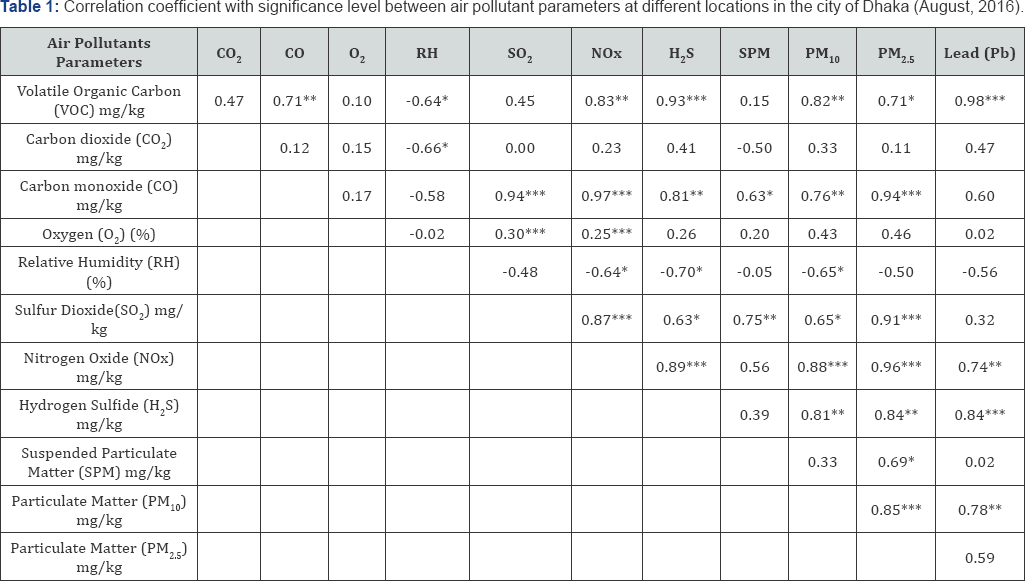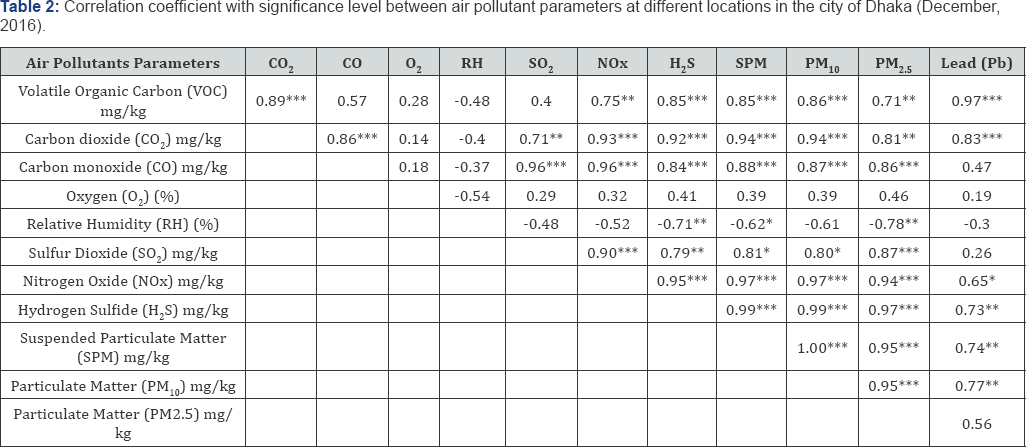Review on Modeling the Spontaneous Imbibition in Porous Wicks Made of Natural Fibers - Juniper Publishers
Juniper Publishers-Open Access Journal of Environmental Sciences & Natural Resources
Review on Modeling the Spontaneous Imbibition in Porous Wicks Made of Natural Fibers
Authored by HM Bhuva
Abstract
A field experiment was conducted for 3 consecutive years (2012 to 2014) on clay loam soil at Pearl millet Research Station, Junagadh Agricultural University, Jamnagar, Gujarat to study the appropriate nitrogen (0, 60, 80 and 100 kg/ha) and phosphorus (0, 15, 30 and 45 kg/ha) requirement of newly developed pearl millet (Pennisetum glaucum L.) hybrid to realize their maximum production potentiality under Saurashtra conditions. The pooled results revealed that the growth parameters, viz. plant height and total tillers/plant and yield attributes, viz. effective tillers/plant and test weight were increased with increasing nitrogen levels. Nitrogen 100 kg/ha (3146 kg/ha), was superior to 60 and 80 kg/ha in respect of grain yield, while in case of stover yield, 100 kg N/ha (4821 kg/ha), being at par with 80 kg/ha and significantly higher over 60 kg/ ha. Moreover, maximum net returns (Rs 33124) and B:C ratio (2.63) was also recorded by the same treatment. Among the phosphorus levels, 45 kg P2O5/ha, being at par with 30 kg/ha was superior to 15 kg/ha in respect of grain (2768 kg/ha) and stover (4300 kg/ha) yields. The highest net returns (Rs 27213) and B:C ratio (2.17) was recorded with 45 and 15 kg P2O5/ha, respectively. Thus, sowing of pearl millet during kharif season nourished with 100 kg N and 45 kg P2O5/ha fetched better profit under rainfed conditions of Gujarat.
Keywords: B:C ratio; Economics; Pearl millet; Nitrogen; Phosphorus; Yield
Introduction
Pearl millet (Pennisetum glaucum L.) is the fourth most important cereal staple food crop in India next to rice, wheat and sorghum. It is the most widely cultivated millet crop, occupying a prominent position in global agriculture. Among the coarse cereals grown, pearl millet occupies pivotal position in the arid and semi-arid regions of India. India is the largest producer of pearl millet in the world occupying about 9.4 million hectare area with annual production of 10.1 million tones with average productivity of 1069 kg/ha [1]. Rajasthan, Maharashtra, Gujarat, Uttar Pradesh and Haryana are the important pearl millet growing states. It occupies an unique position in rainy season crops because of its drought resistance feature. It also provides good quality fodder to cattle in the arid and semi-arid tropical regions, and recognized as valuable forage crop because of its robust and quick growth habit. Pearl millet is grown mostly on marginal and sub-marginal lands, which is poor in organic matter, low in available nitrogen and phosphorus.
Poor soil fertility and erratic rains are the most important constraints to crop production in arid and semi arid region. Soil fertility management i.e., nutrient management particularly nitrogen (N) and Phosphorus (P) plays a major role in increasing production and productivity of pearl millet. Nitrogen is an essential nutrient and key limiting factor in crop production of different agro ecosystems. It is considered as one of the most important plant nutrients for growth and development of crop plant. It also plays an important role in synthesis of chlorophyll and amino acids that contribute to the building unit of protein and thus, growth of plants. It helps in early establishment of leaf area capable of photosynthesis. Pearl millet is an exhausting crop and heavy consumer of plant nutrients. It promotes leaf and stem growth rapidly which consequently increase the yield and its quality. Nitrogen to some extent enhances the utilization of phosphorus and potassium. Nitrogen is most commonly deficient nutrient in Indian soil and gives considerable response in pearl millet crop [2].
It is the major nutrient required by pearl millet which positively increases the growth attributes, length and width of panicle, test weight, number of grain/panicle, grain weight/ panicle and finally improve the yield [3]. Phosphorus is the key element in the process of conversion of solar energy into chemical energy. It influences the vigour of plants, root growth and improves quality of the produce. It is backbone of balanced fertilizer use and it occupies a key place in intensive agriculture. Information on optimum and economic dose of nitrogen and phosphorus requirement for higher grain yield is lacking in rain fed Pearl millet under Saurashtra conditions. Keeping the above points in view the present investigation was conducted to study the effect of N and P on grain yield and to fix the optimum and economic dose of N and P for pearl millet crop.
Material and Methods
A field experiment was conducted during kharif season from 2012 to 2014 at Pearl Millet Research Station, Junagadh Agricultural University, Jamnagar (22a47’ N, 70a07’ E, 18.00 m above the mean sea level), Gujarat under rainfed condition. The experimental soil was clay loam (14.93% sand, 18.05% silt and 67.02% clay) in texture and slightly alkaline in reaction with pH 7.60 and EC 0.39 dS/m. It was moderately fertile being low in organic carbon (4.9 g/kg) and available nitrogen (204.0 kg/ ha), medium in available phosphorus (26.2 kg/ha) and high in available potassium (303 kg/ha). The rainy season commences in the second fortnight of June and ends in September, with an average annual rainfall of 800 mm. July and August are the peak months of rainfall. The sixteen treatment combinations consisted of 4 levels of nitrogen (0,60,80 and 100 kg N/ha) and 4 levels of phosphorus (0, 15, 30 and 45 kg ) were tested using factorial randomized block design with three replications.
The half dose of N and full dose of P was drilled in the soils at 5 cm below the seed according to fertilizer treatments as a basal. Remaining half dose of N was top dressed at 30 DAS of crop. Urea and SSP were used as source of N and P, respectively A newly developed ‘GHB 744' variety was selected for the present investigation. The seeds were sown keeping 60 cm row spacing using 4 kg seeds/ha on 11 September, 20 June and 21 July during 2012, 2013 and 2014, respectively. The excess plants were thinned out at 20 DAS keeping within row distance at 10 cm to maintain uniform plant stand. The required cultural practices and plant protection measures were followed as per recommended package. Weeds were managed by two weeding and two intercultural operations at 20 and 40 DAS of the crop. The crop was harvested on 6 December, 14 October and 10 October during 2012, 2013 and 2014, respectively. The ear head was harvested manually with the help of sickle when seed almost matured and stover had turned yellow. The sun dried ear heads were threshed and winnowed and seed so obtained were weighed and data on seed yield were recorded. The economics of the treatments was carried out on the basis of prevailing market prices of inputs and outputs. The statistical analysis of data was done using analysis of variance (ANOVA) technique at 0.05 probability level.
Results and Discussion
Growth Parameters
Differences in growth parameters were significant among the nitrogen levels (Table 1). All growth parameters, viz. plant height and total tillers/plant were increased with increasing each successive level of nitrogen. Both the growth parameters recorded maximum values at 100 kg N/ha, which were significantly higher than the control but remained at par with 80 kg N/ha. Increased availability of nitrogen on poor soil might have increased cell number and cell size leading to better growth in terms of plant height and number of total tillers/plant. Similar result of increased plant height and total tillers with increased levels of N in pearl millet crop was reported by Reddy, et al. [4]. Even if the phosphorus nutrition markedly differed for growth parameters. Linear increase in plant height and total tillers/plant with successive increase in phosphorus levels was observed and the significantly the highest values were recorded under 45 kg P2O5/ha.

Yield Attributes and Yield
The effective tillers and test weight of pearl millet increased with the increasing level of N from control to 100 kg/ha. The highest values for effective tillers was recorded with application of 100 kg N/ha which was significantly higher than the control but remained at par with 80kg N/ha, while significantly the highest test weight was recorded with 100kg N/ha over rest of the N treatments. The grain yield increased significantly with each successive increase in the level of applied nitrogen in pooled results. Application of 60, 80 and 100 kg N/ha increased grain yield over the control by 30.9, 50.6 and 68.4%, respectively. The increase in grain yield could be the result of improvement in growth and yield attributes. The results are in agreement with those to Prasad, et al. [3]. Significantly maximum stover yield recorded with 100 kg N/ha and which remained at par with 80 kg N/ha. The stover yield with 100 kg N/ha increased by 48.9% over control. Significantly the highest effective tillers and test weight was recorded with 45 kg P2O5/ha than the remaining lower levels of P. The maximum grain (2768 kg/ha) and stover (4300 kg/ha) yield were recorded with 45 kg P2O5/ha, which were statistically at par with 30 kg P2O5/ha. The maximum grain yield obtained with 45 kg P2O5/ha was 20.5, 8.6 and 4.2% higher than that obtained at control, 15 and 30 kg P2O5/ha, respectively, where as 30 kg P2O5/ha increased the grain yield by 15.6 and 4.2% over control and 15 kg P2O5/ha, respectively. The higher grain yield might be due to higher photosynthetic activity as compared to under dose fertilize treatment and also due to better root growth and development resulting in more nutrient uptake and higher dry matter accumulation/plant and subsequent translocation to developing panicle [5]. Similar effects of fertilizer application on yield were reported by Jadav, et al. [5] and Vandana, et al. [6].
Economics
Economic viability of crop management is the foremost criteria in transforming new investigations to farmers' field. The results pertaining to the cost: benefit analysis of the crop as influenced by nitrogen levels indicated that application of 100 kg N/ha recorded the highest net returns (Rs 33122 ha-1) with the maximum B:C ratio of 2.63.The lowest net returns and B: C ratio was recorded with control (Table 2). The application of 100 kg N/ha gained extranet returns Rs. 16824/ha over control. The maximum monetary returns earned by application of 45 kg P2O5/ha (Rs 27213/ha) however, the highest B:C ratio was observed with application of 15 kg/ha (2.17). These results are in conformity with those reported by Wadile, et al. [7].

Conclusion
Based on 3 years study, it may concluded that application of 100 kg N and 45 kg P2O5/ha to pearl millet crop is required to harvest maximum crop yield and net monetary returns under rainfed condition of Gujarat.
To know more about Juniper Publishers please click on: https://juniperpublishers.com/manuscript-guidelines.php
For more articles in Open Access Journal of Environmental Sciences & Natural Resources please click on: https://juniperpublishers.com/ijesnr/index.php




Comments
Post a Comment